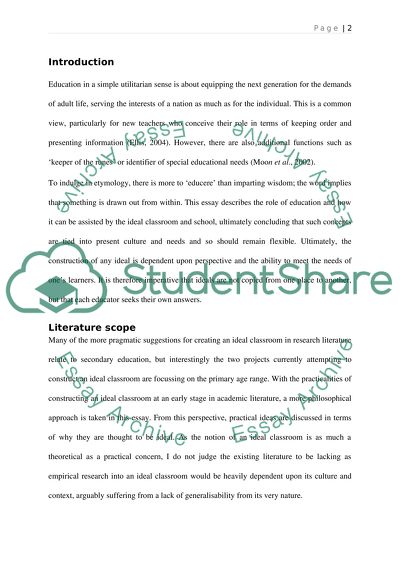Cite this document
(“The Ideal Classroom and School Assignment Example | Topics and Well Written Essays - 3500 words”, n.d.)
The Ideal Classroom and School Assignment Example | Topics and Well Written Essays - 3500 words. Retrieved from https://studentshare.org/education/1520033-the-ideal-classroom-and-school
The Ideal Classroom and School Assignment Example | Topics and Well Written Essays - 3500 words. Retrieved from https://studentshare.org/education/1520033-the-ideal-classroom-and-school
(The Ideal Classroom and School Assignment Example | Topics and Well Written Essays - 3500 Words)
The Ideal Classroom and School Assignment Example | Topics and Well Written Essays - 3500 Words. https://studentshare.org/education/1520033-the-ideal-classroom-and-school.
The Ideal Classroom and School Assignment Example | Topics and Well Written Essays - 3500 Words. https://studentshare.org/education/1520033-the-ideal-classroom-and-school.
“The Ideal Classroom and School Assignment Example | Topics and Well Written Essays - 3500 Words”, n.d. https://studentshare.org/education/1520033-the-ideal-classroom-and-school.


